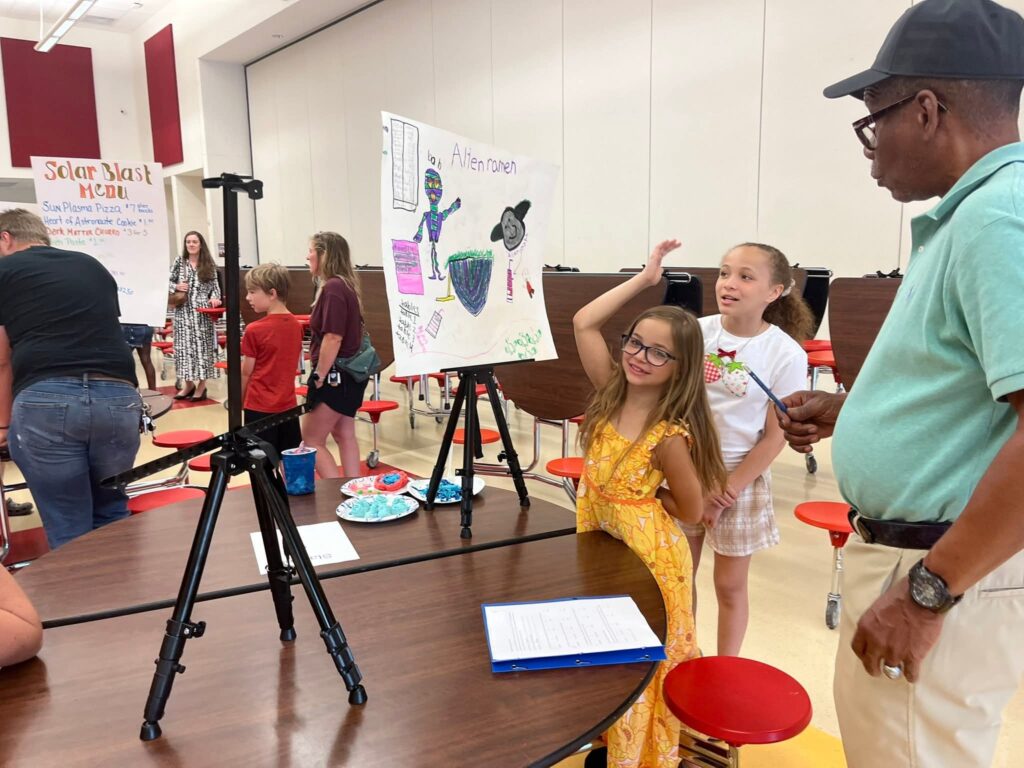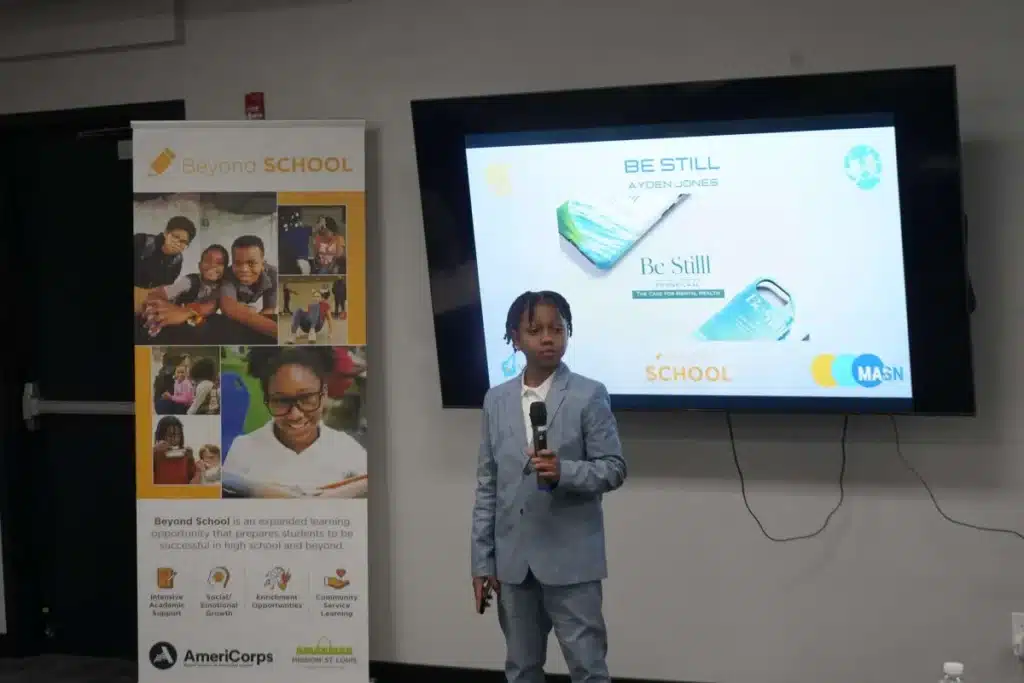If you’ve ever been to an improv theatre, you’ve seen performers who are quick on their feet, creating storylines on the spot while they collaborate with the other performers.
In fact, improvisation and the entrepreneurial process have a lot in common: improvising with the materials on hand, playing off individual strengths, stretching beyond comfort zones, changing course when an opportunity appears, withholding judgment in the creative phases, taking risks to produce big laughs, turning “mistakes” on their heads, and working at a rapid pace.
Take Gail Papermaster. She is an attorney for young technology companies—by day, that is. At night, you might find her at the Hideout on Austin’s Congress Avenue, a small theatre on the walk between Austin’s famed Sixth Street and the state Capitol.
Gail began improv lessons as a fun way to relieve stress, but she has found that learning to perform improv has made her more observant, more nimble, and more willing to step into unfamiliar territory. She is, in fact, more in sync with the startup entrepreneurs whom she advises. Gailis as at home on the stage as she is in her office.

Improv doesn’t have a script, but it does have “rules” that sound strangely familiar to guiding principles for entrepreneurs:
- Release creativity.
- Withhold judgment.
- In “mistakes,” find opportunities.
- Don’t abandon the stage.
- If you don’t like the direction, pivot.
- Look and listen for gems to play off of.
- As in brainstorming, don’t shoot down others’ ideas.
- Generate a scene that’s fresh and engaging by risking lines and actions that have a chance of falling flat.
If necessity is the mother of invention, then building on an idea is the mother of improvisation. Improv is a safe, fun place to take risks, which is why you will find similarities to improv in an entrepreneurial classroom.
Girls working in an entrepreneurial classroom learn to break out of their shells and take risks with the crazy ideas they bravely offer, as if they were doing improv. There is no handbook. They’re creating it as they go. Anticipation, curiosity and suspense are linked. When it comes time to present, like improv performers, they must take risks while standing before an audience. Experience dealing with mistakes and failures make presenting less scary. And by then they will have practiced the true teamwork of building on others’ ideas.
I’d love to hear how you tap your inner improv performer, or what you do to keep in shape mentally. Thank you for sharing.



